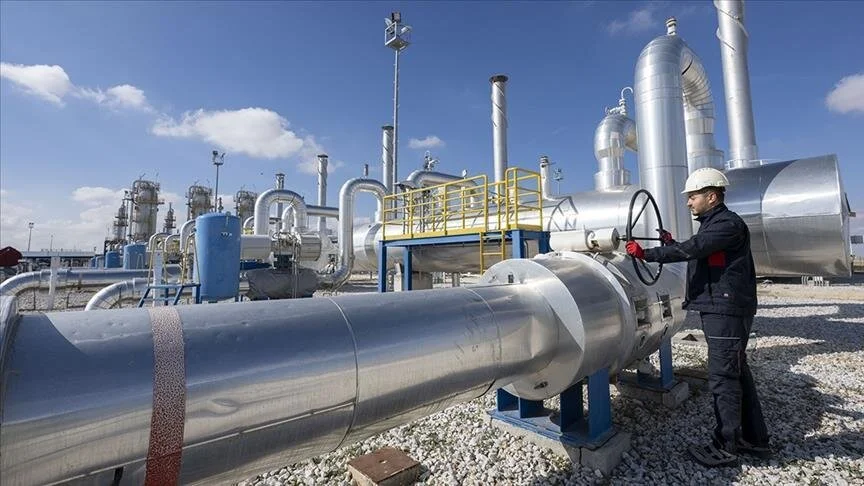EIA Findings: 6% Drop in US Crude Output Linked to January Severe Cold
According to data from the Energy Information Administration (EIA), U.S. crude oil production experienced a significant drop in January, falling to 12.5 million barrels per day (bpd), marking a 6% decline from the record high recorded in December. This decline was attributed to severe winter weather conditions that affected major oil-producing states like Texas and North Dakota.
In Texas, the top oil-producing state, crude oil output decreased to 5.4 million bpd in January, representing a 5% decrease compared to the previous month. Similarly, North Dakota’s crude oil production experienced a significant drop of nearly 13%, falling to 1.1 million bpd during the same period.
The severe winter storm in January disrupted oil production operations and led to the shutdown of refining capacity in Texas. As a result, production in North Dakota was halved to between 600,000 bpd and 650,000 bpd, according to the state’s pipeline authority.
The adverse weather conditions also impacted the consumption of motor fuel, with gasoline product supplied, a key indicator of demand, dropping by approximately 600,000 bpd to 8.2 million bpd in January, reaching its lowest level in two years.
Additionally, gross natural gas production in the U.S. Lower 48 states experienced a decrease of about 3.6% in January, reaching a record of 114.1 billion cubic feet per day (bcfd), down from the previous record of 118.4 bcfd in December. Texas saw a 4.6% decline in monthly natural gas output to 33.5 bcfd, while Pennsylvania experienced a 1.5% decrease to 21.3 bcfd.
Overall, the adverse weather conditions in January had a significant impact on both crude oil and natural gas production in the United States, leading to notable declines in output across major producing regions.




























Comment Template